In the realm of construction and large-scale projects, cranes are indispensable tools that significantly enhance efficiency. These towering machines not only ensure the lifting and moving of substantial loads but also contribute to the safety, adaptability, and success of many projects. This article delves into the specific ways cranes improve project efficiency, examining aspects such as load capacity, safety protocols, operational versatility, technological integration, cost reduction, and environmental benefits.
1. Enhances Load Capacity
1.1 Overview of Load Capacity in Modern Cranes
Modern cranes possess an impressive load capacity far surpassing traditional lifting methods. With enhanced engineering and materials, today's cranes can lift thousands of tonnes effortlessly. This massive capacity reduces the time needed to lift and transport heavy materials, speeding up project timelines considerably. The advancements in crane design allow for a broader range of applications across different industries, ensuring that even the most challenging loads can be managed efficiently. Furthermore, the introduction of modular cranes has allowed for scalable load capacity, adapting to the specific requirements of a project seamlessly.
1.2 Comparison with Traditional Lifting Methods
Traditional lifting methods, such as manual labor or basic pulley systems, are significantly limited in comparison to modern cranes. Where human effort once dominated, cranes now reduce the physical strain and potential for errors with precise mechanical control. This shift has led to remarkable improvements in project turnover, enabling larger and more ambitious projects to be completed in shorter timeframes. The reliability and precision of cranes dwarf the limitations of human effort, ensuring not only efficiency but also accuracy in handling materials. Ultimately, the transition to cranes has marked a paradigm shift in project management and execution.
1.3 Impact on Project Timelines
The integration of cranes into project workflows has notably decreased project timelines. By accelerating the lifting and relocation of materials, cranes help streamline operations, eliminating bottlenecks typically caused by slower, traditional methods. This capacity for speed without sacrificing safety or accuracy contributes to meeting tight project deadlines and maintaining schedules. As a result, industries such as construction, shipping, and manufacturing rely heavily on cranes to enhance their operational timelines. The United States crane market size, reaching USD 6.4 billion in 2024, underscores the critical role these machines play in modern projects.
1.4 Case Studies Highlighting Load Capacity Advantages
Several case studies illustrate the transformative impact of cranes on load capacity management. In large-scale infrastructure projects such as bridge construction, cranes enable the extensive lifting of steel beams and concrete segments that would be impossible with traditional methods. Another example is the shipping industry, where cranes facilitate the efficient loading and unloading of immense container ships. Projects in urban environments, often constrained by space, also benefit from the precision and strength of cranes, overcoming logistical challenges to deliver timely results. These examples collectively showcase how cranes are pivotal in redefining possibilities within various sectors.
1.5 Innovations in Load Management Technology
Recent innovations in load management technologies continue to enhance crane capabilities. Advanced materials, coupled with ergonomic design, increase cranes' lifting efficiency while reducing energy consumption. Technological improvements, such as automated load balancing and smart sensors, provide real-time data on weight distribution, enhancing safety and performance. As technology evolves, cranes are anticipated to become even more integral, incorporating AI and IoT features for automatic adjustments and predictive maintenance. These advancements promise to further improve the operational efficiency and versatility of cranes in project management.
2. Improves Safety Protocols
2.1 Advanced Safety Features in New Cranes
Modern cranes are equipped with a host of advanced safety features designed to safeguard both operators and projects. Features such as load moment indicators, anti-collision systems, and overloading alarms are standard in new crane models, significantly mitigating risks. These technologies provide operators with critical information to maintain safe operational conditions, reducing the likelihood of accidents. The integration of remote operations further enhances safety by allowing operators to navigate cranes from a distance, away from potential hazards. Enhanced safety protocols ensure that efficiency does not come at the expense of worker well-being.
2.2 Reduces Workplace Accidents
The implementation of cranes with sophisticated safety systems has led to a noticeable reduction in workplace accidents. Their precision in handling and placing loads eliminates the common risks associated with manual handling. Additionally, the presence of onboard safety checks and balances means that cranes automatically adhere to safety protocols, significantly reducing human error. By minimizing incidents, projects not only maintain a steady pace but also reduce unplanned costs and legal liabilities associated with workplace injuries. This improved safety track record contributes to an overall enhancement in project efficiency.
2.3 Emphasizes Training and Safety for Crane Operators
Operator training is paramount to leverage the safety features of modern cranes effectively. Comprehensive training programs ensure that operators are well versed in using advanced technologies and responding to emergency situations. This proactive approach not only enhances safety but also maximizes the crane's capabilities, contributing to heightened productivity. Continuous education and certification updates keep operators aligned with new developments, reinforcing a culture of safety and vigilance. A well-trained operator workforce is a cornerstone of efficient and safe project completion.
2.4 Highlights the Role of Technology in Enhancing Safety
Technology plays a crucial role in enhancing the operational safety of cranes. Innovations such as augmented reality assist in pre-operational planning by simulating crane operations and identifying potential hazards before ground is broken. Real-time data analytics and predictive maintenance, facilitated by IoT, further bolster safety by foreseeing and mitigating mechanical failures. Additionally, advancements in sensor technology allow cranes to automatically adjust operations when detecting unsafe conditions. These technological integrations serve to fortify safety standards, ultimately translating into efficient project execution.
2.5 Ensures Regulatory Compliance and Safety Standards
Regulatory compliance and adherence to safety standards are essential components in the deployment of cranes on projects. Regulations dictate the operational safety benchmarks that cranes must meet, ensuring uniformity across industries and safeguarding workers. Companies that prioritize compliance not only ensure safety but also mitigate potential legal and financial repercussions. By adhering to these standards, projects maintain continuity without the delays typically associated with safety audits and inspections. Regulatory frameworks thus play a crucial role in aligning safety with operational efficiency.
3. Expands Operational Applications
3.1 Explores Different Types of Cranes and Their Uses
Cranes come in various types, each designed for specific tasks and environments, profoundly impacting project efficiency. Tower cranes excel in constructing skyscrapers, offering high lift capabilities and precision in confined urban spaces. Mobile cranes provide unmatched flexibility, adaptable in diverse terrains, and ideal for projects requiring short-term setups or rapid relocations. Crawler cranes, with their tracks, navigate difficult terrains, offering stability and strength in heavy-duty lifting. The specificity and adaptability of these cranes ensure that they meet the distinct challenges posed by different projects effectively.
3.2 Adapts to Various Project Scales
The adaptability of cranes to various project scales underscores their instrumental role in construction efficiency. Smaller projects benefit from quick assembly and disassembly times, while larger endeavors rely on towering cranes to handle monumental tasks. This flexibility ensures that cranes can enhance productivity regardless of the project size, which is particularly beneficial in dynamic project landscapes. By addressing specific logistical needs, cranes facilitate continuous workflows and consistent output. Consequently, they provide solutions that streamline schedules across different industrial and commercial projects.
Cranes have emerged as crucial components of efficient project execution, impacting load capacity, safety, operational versatility, technological integration, cost management, and environmental sustainability. Their sophisticated design and technological advancements offer substantial gains in productivity, safety, and environmental performance. As the United States crane market continues to grow, reaching significant milestones such as USD 6.4 billion by 2024, according to IMARC Group, the adoption and evolution of crane technology remain integral. Looking forward, cranes will continue to pioneer innovation in project management, setting forward-looking benchmarks for efficiency and sustainability. Make sure to contact A & B Welding & Construction Inc for all your crane-related needs!

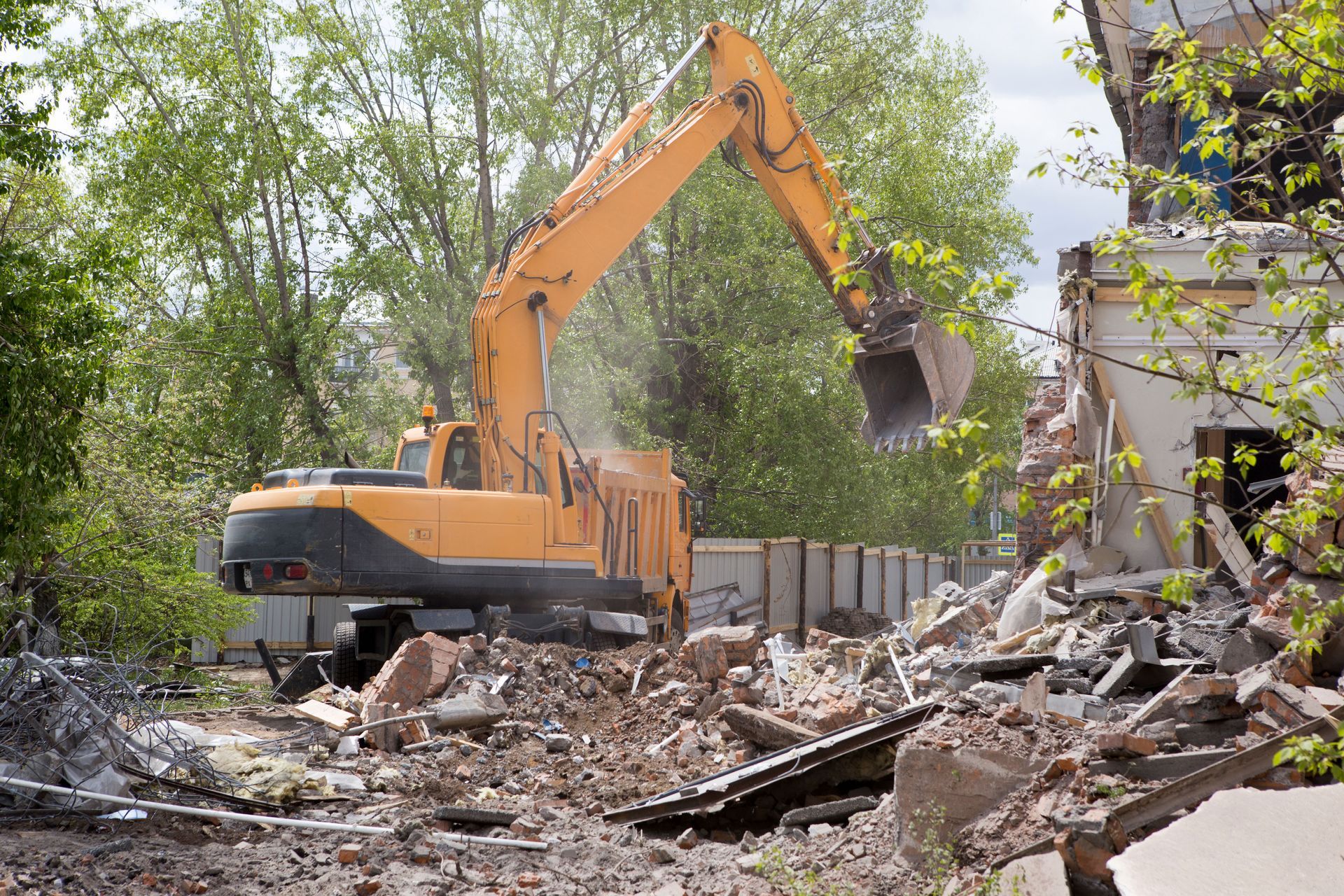
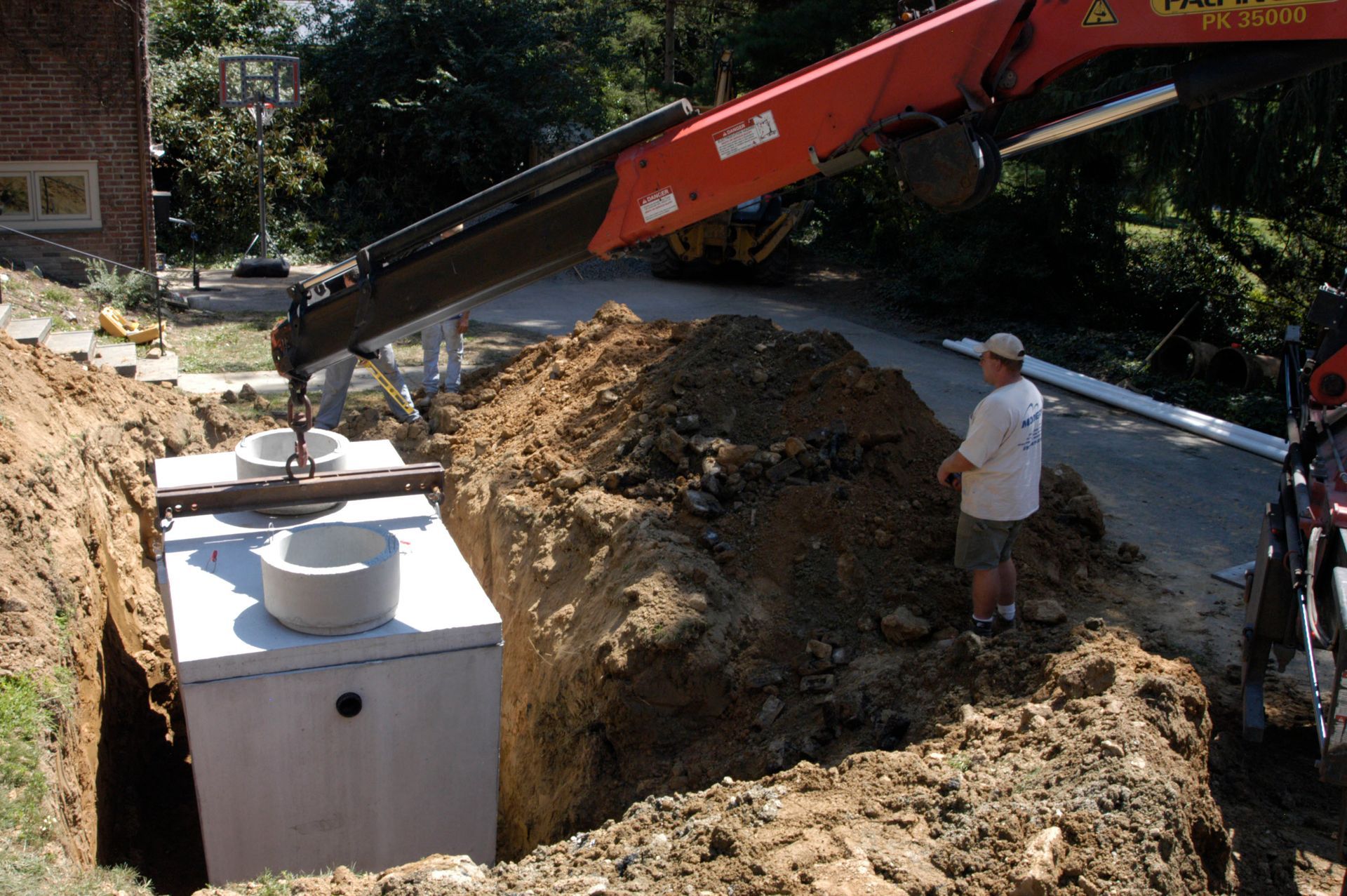
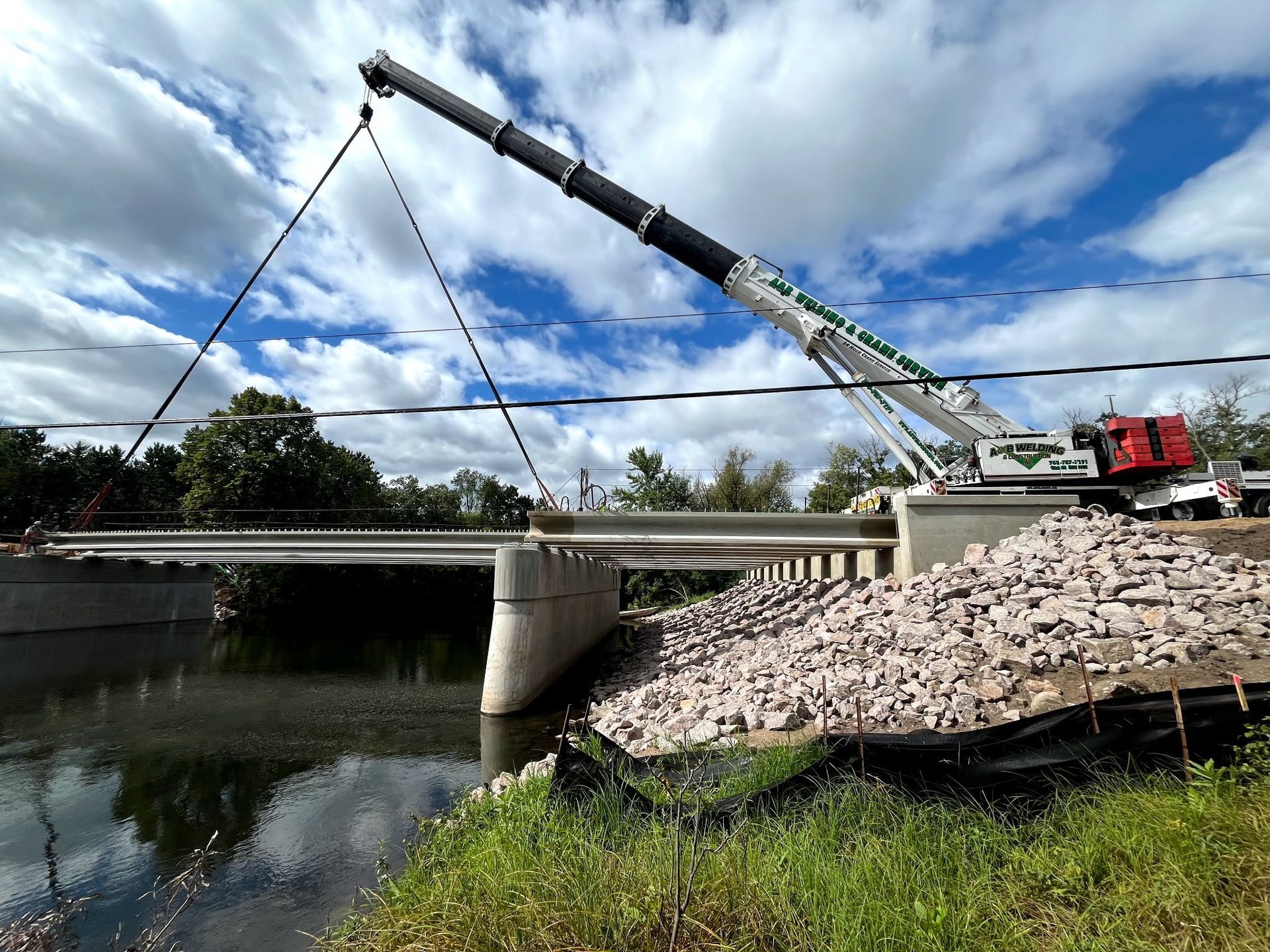
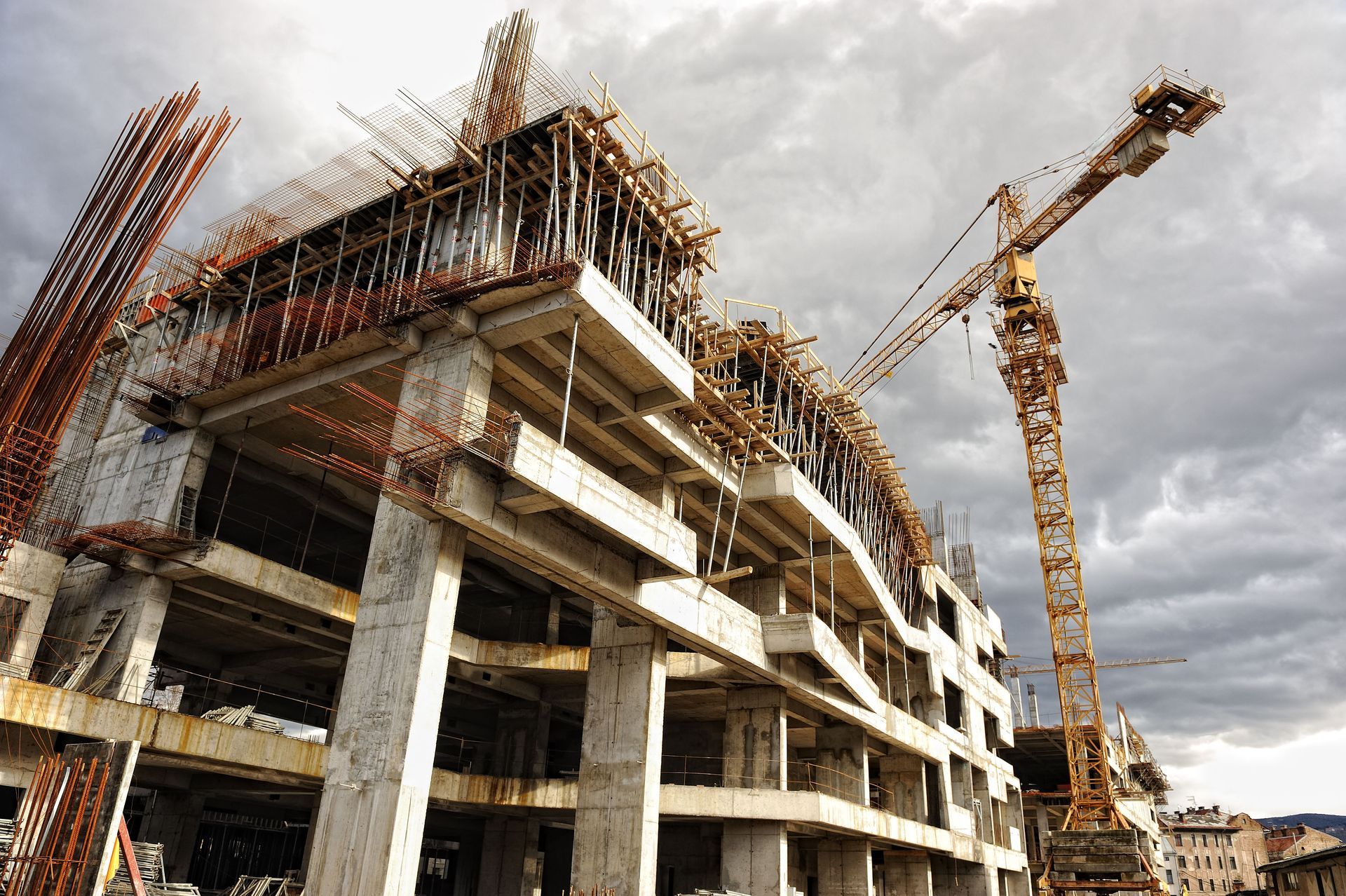
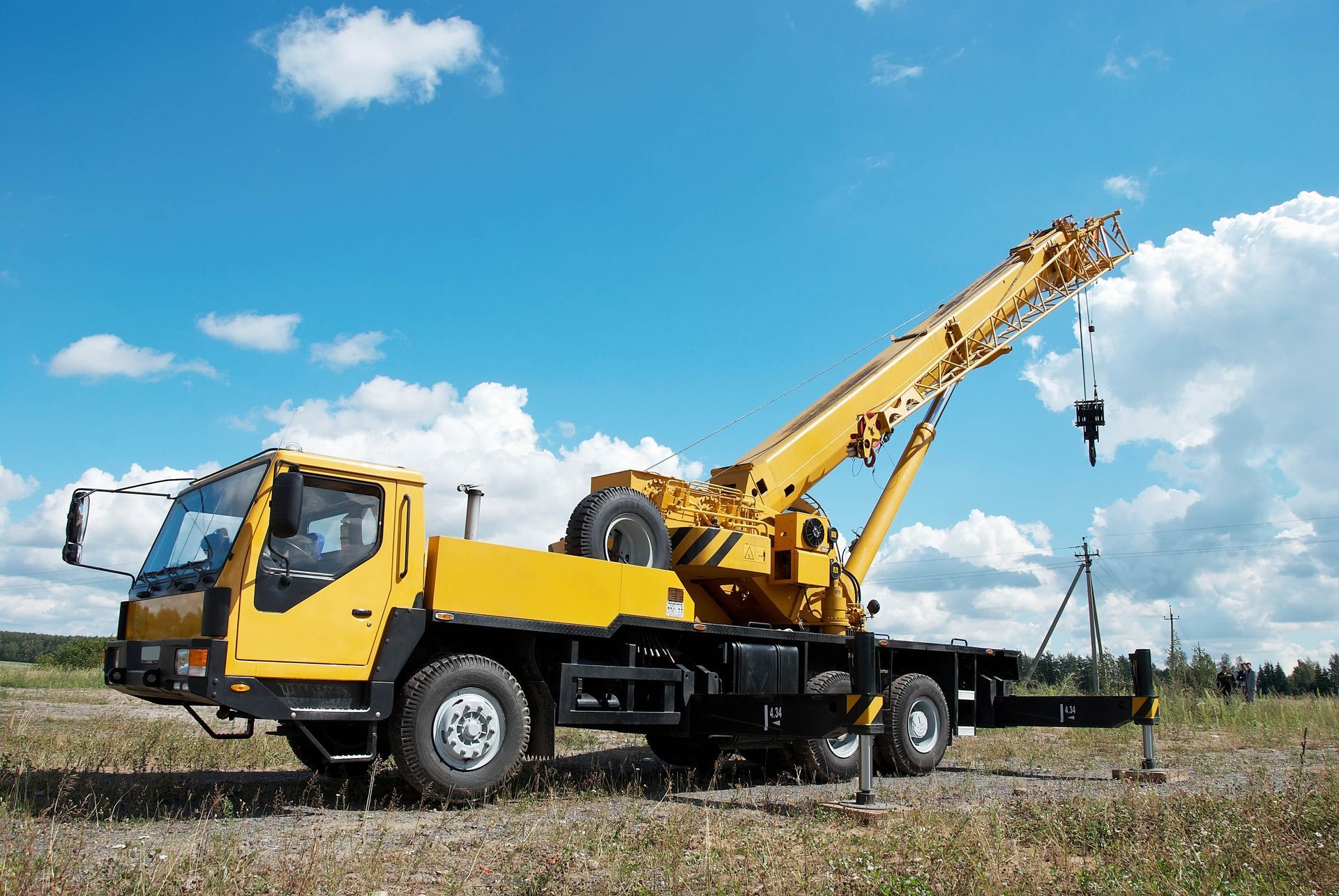
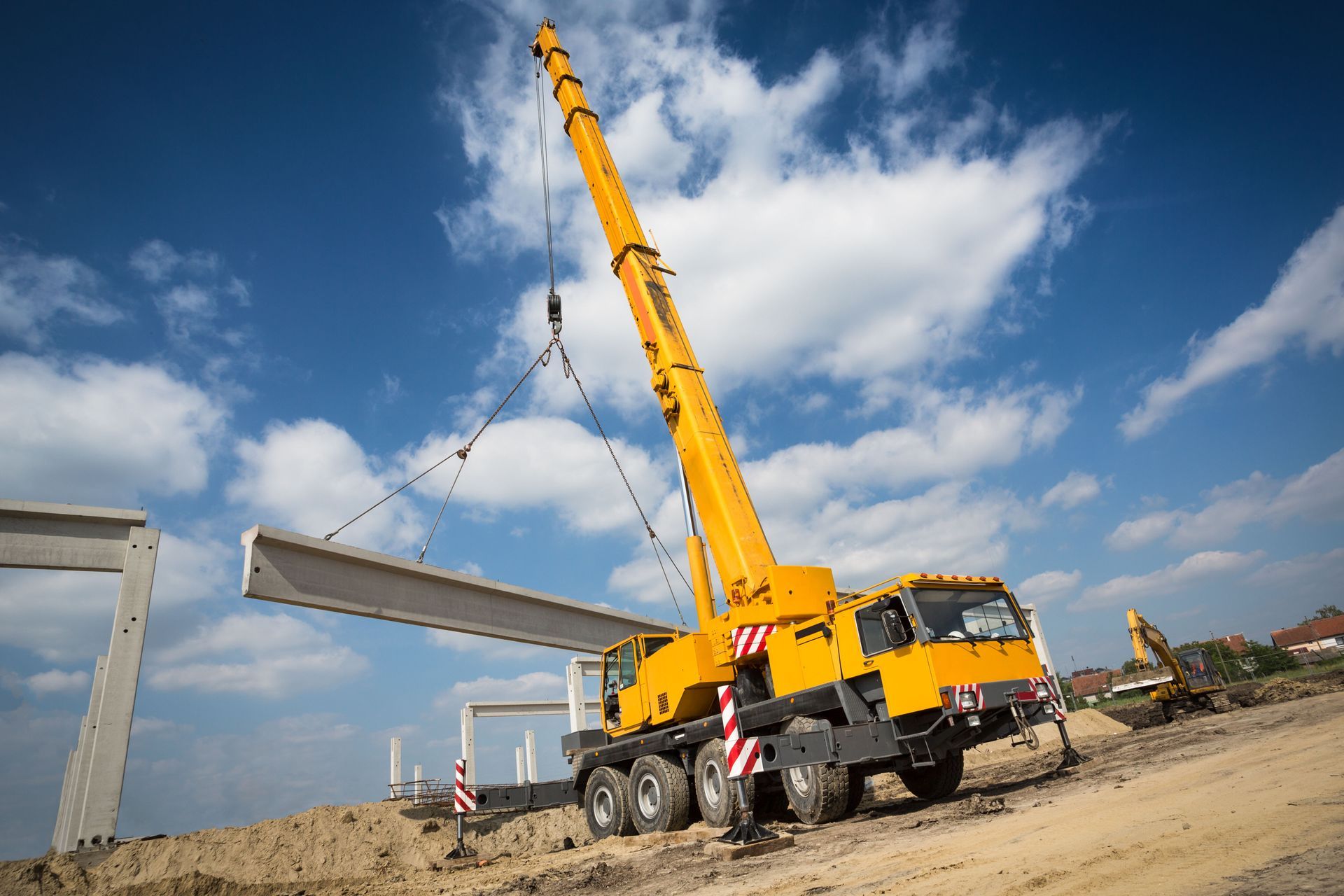
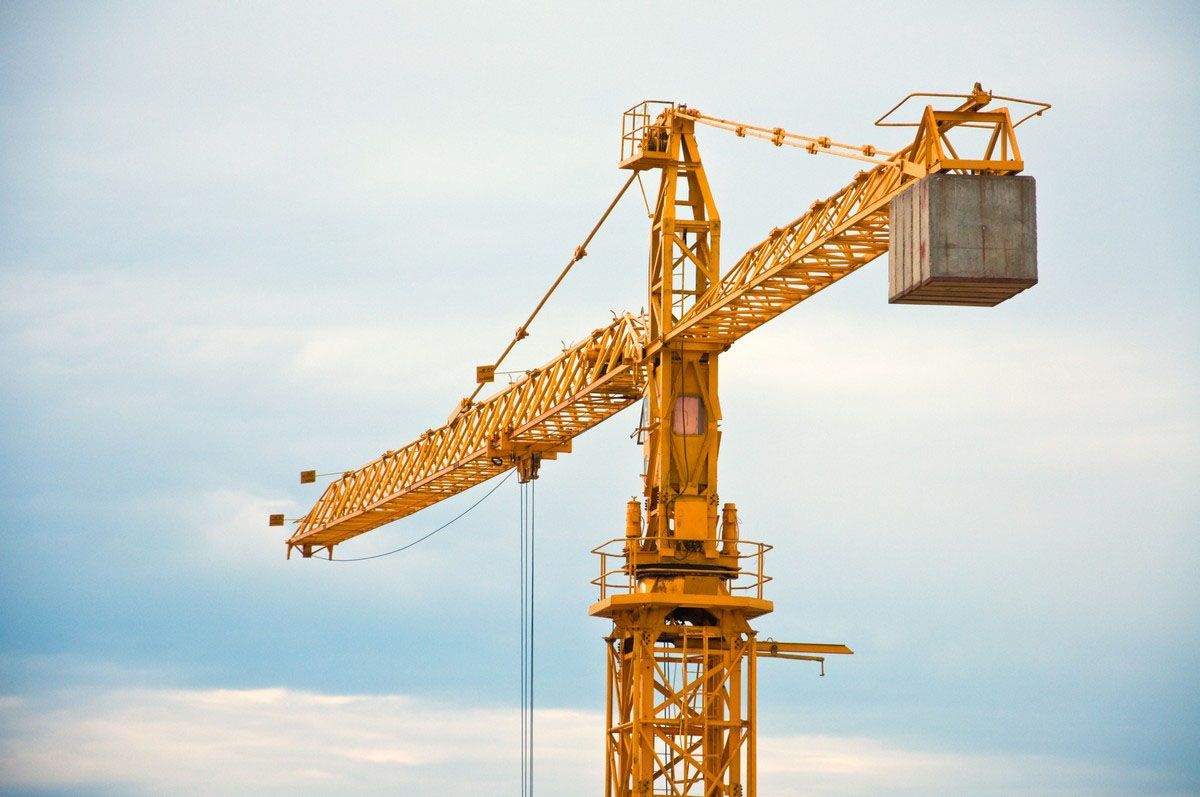
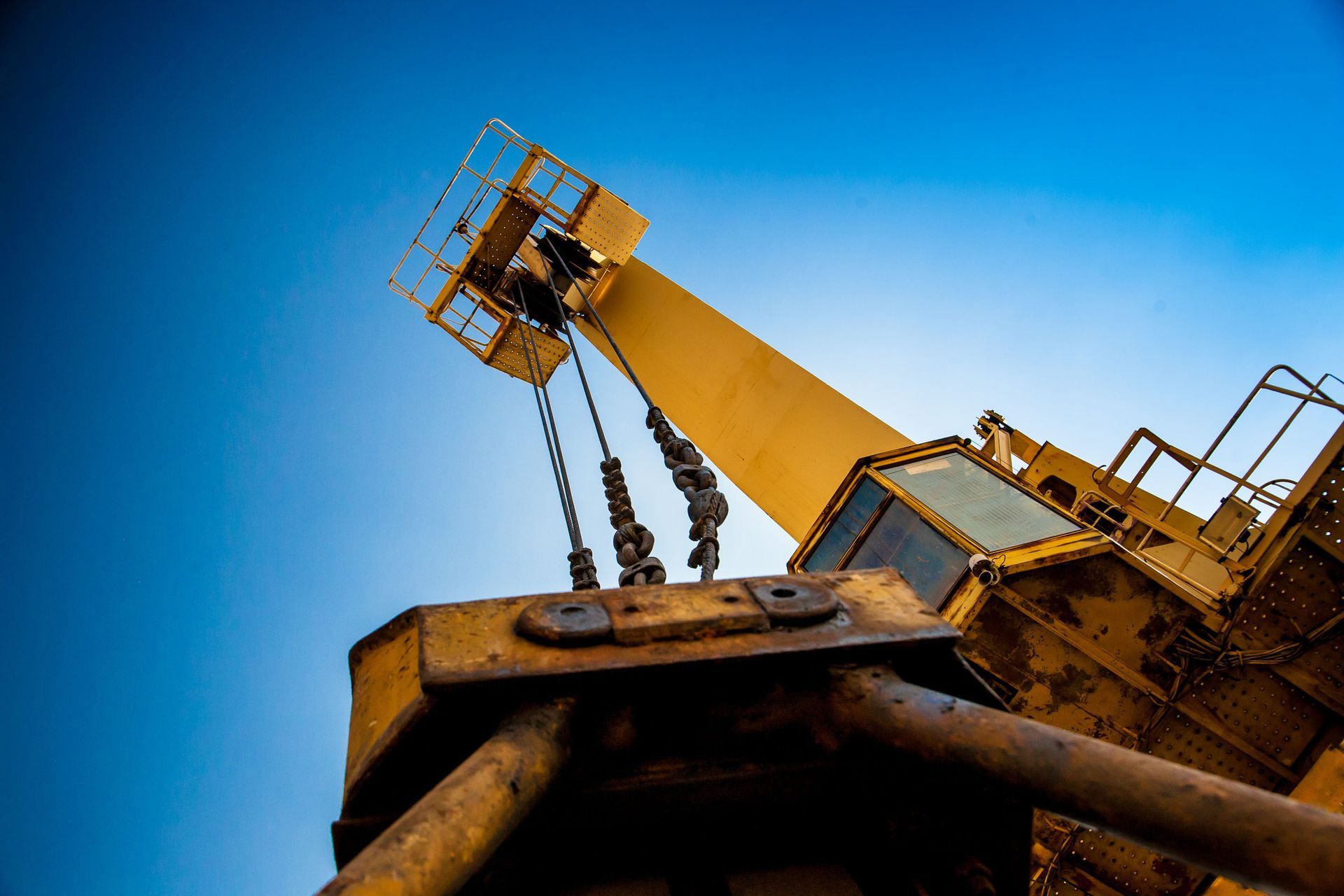
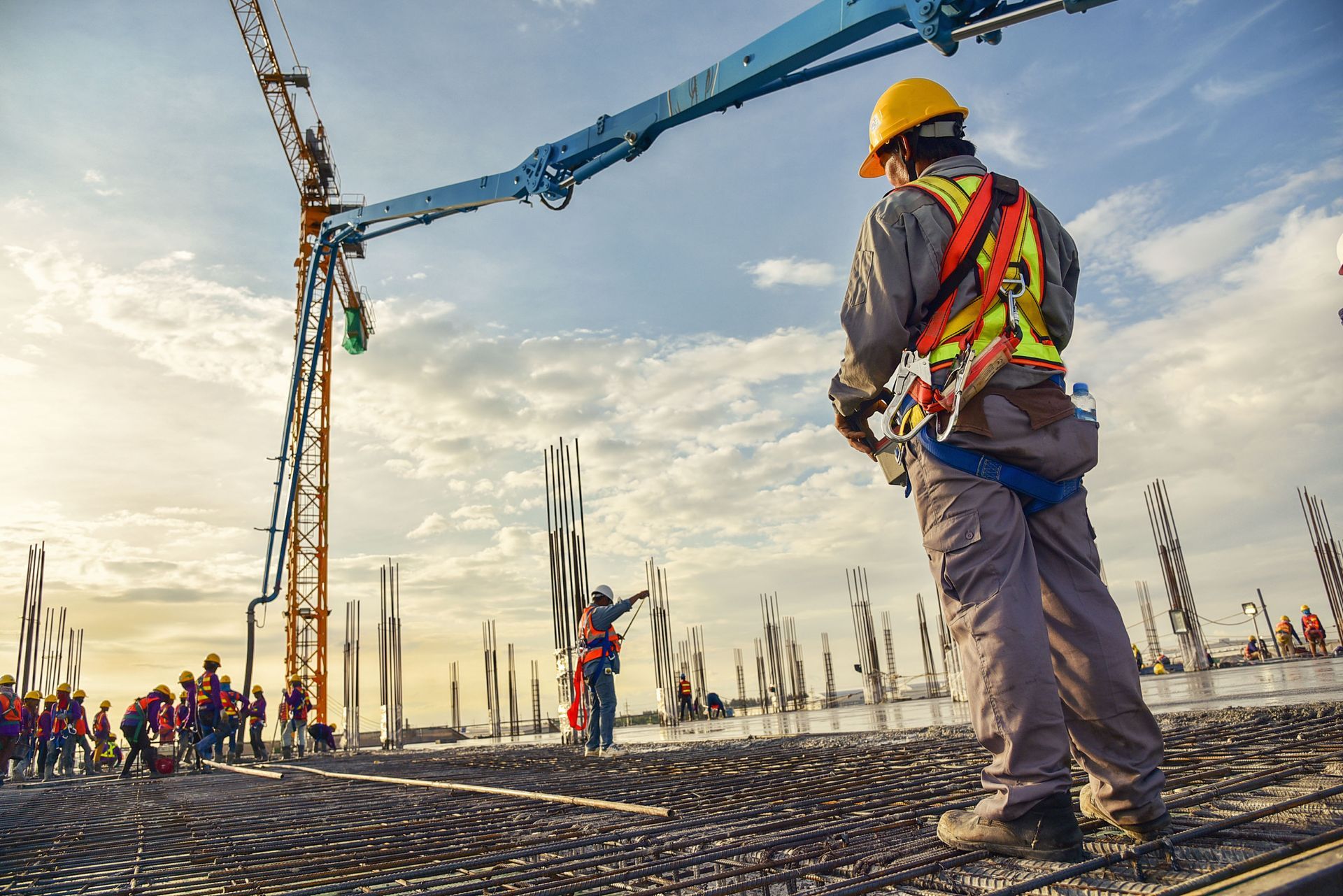
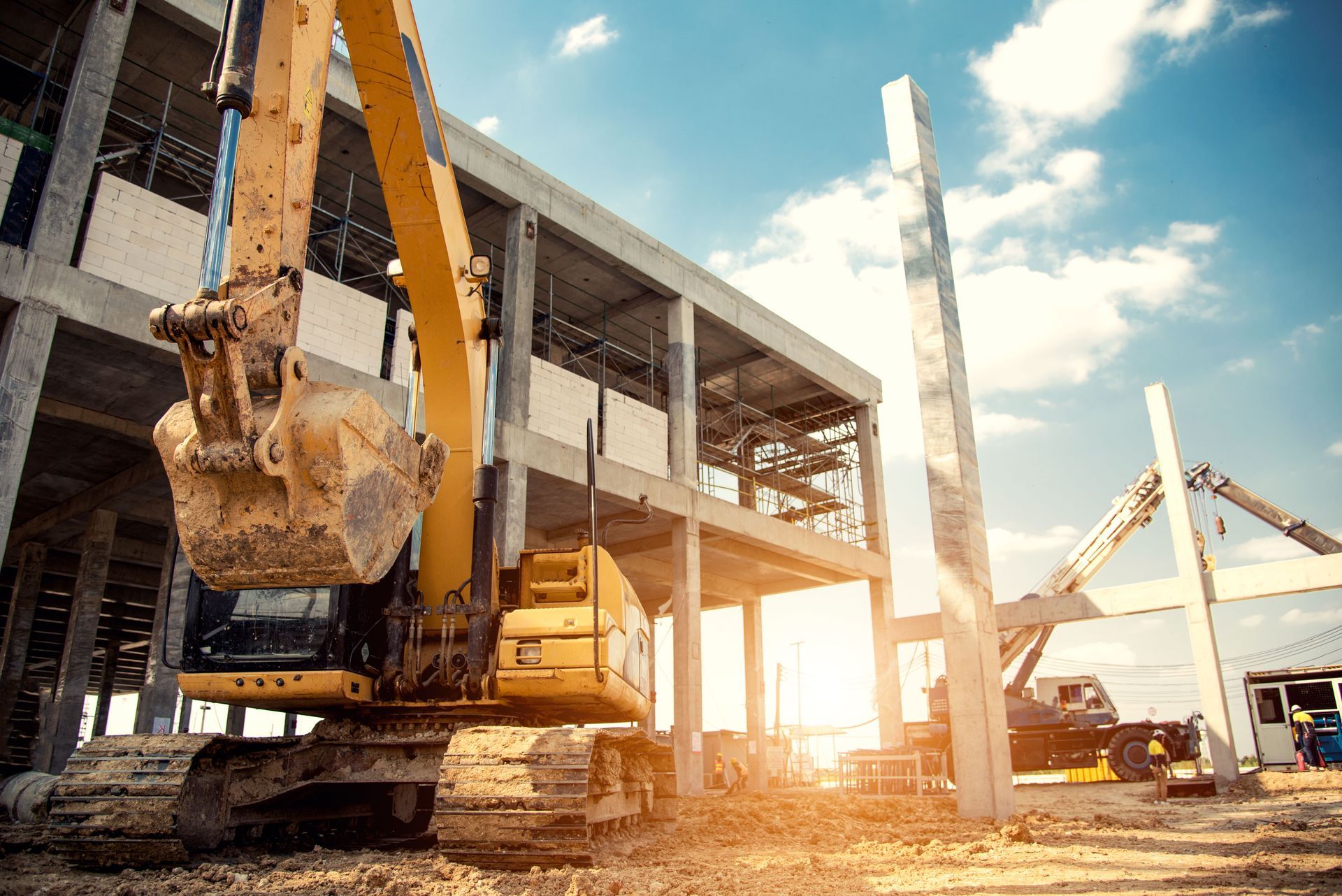
Share On: